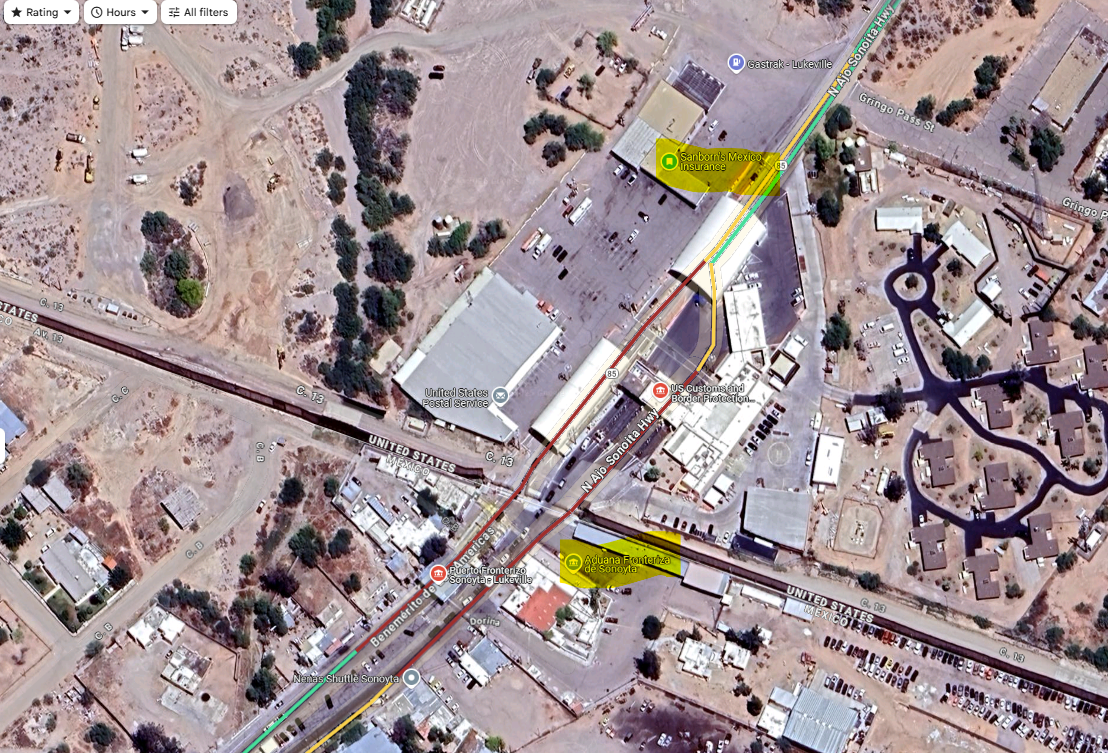Winterize Your Home and Property
Winterize Your Home and Property
Ice, snow and wind can have devastating consequences on your home. The time to winterize is when the leaves begin to turn and not when the snow begins to fall.
Homeowners should take the following precautions:
- Maintain gutters
Remove leaves, acorns, sticks and other debris from gutters so melting snow and ice can flow freely. You may also consider installing gutter guards. Available in most hardware and home stores, gutter guards are screens that prevent debris from entering the gutter and direct the flow of water away from the house and into the ground.
- Trim trees and remove dead branches
Ice, snow and wind can cause weak trees or branches to break, damaging your home or car or injuring someone walking on your property.
- Check insulation
Add extra insulation to attics, basements and crawl spaces. If too much heat escapes through the attic it can cause snow or ice to melt on the roof. The water re-freezes causing more snow and ice to build up. This can result in a collapsed roof, and can contribute to ice damming. Ideally, the attic should be five to ten degrees warmer than the outside air. Well-insulated basements and crawl spaces will also help protect pipes from freezing.
- Maintain pipes
Wrap pipes with heating tape and insulate unfinished rooms such as garages that frequently have exposed pipes. Also, check for cracks and leaks. Have minor pipe damage fixed immediately to prevent much costlier repairs in the future.
- Keep the house warm
The temperature in your house should be at least 65 degrees. The temperature inside the walls where the pipes are located is substantially colder than the walls themselves. A temperature lower than 65 degrees will not keep the pipes from freezing.
- Check heating systems
The proper use and maintenance of furnaces, fireplaces and wood-burning stoves can prevent fire and smoke damage. Have furnaces, boilers and chimneys serviced at least once a year. Make sure that smoke and fire alarms are working properly and consider installing a carbon monoxide detector.
- Maintain steps and handrails
Broken stairs and banisters can become dangerous when covered with snow and ice. Make repairs now to prevent someone from falling and seriously being injured.
- Get to know your plumbing
Learn how to shut the water off and know where your pipes are located. If your pipes freeze, time is of the essence. The quicker you can shut off the water or direct your plumber to the problem, the better chance you have to prevent the pipes from bursting.
- Hire a licensed contractor
Have a professional survey your home for any structural damage. If damage is discovered, have it repaired immediately so further damage will not occur during the winter. Also, find out about ways to prevent water damage due to snow-related flooding. Plastic coatings for internal basement walls, sump-pumps and other methods can prevent damage to your home and belongings.
- Plan for being away
If you are not going to be in your home this winter for an extended period of time, have the water system drained by a professional to keep pipes from freezing or bursting. Also, have someone check on your home on a regular basis. If there is a problem, it can be fixed quickly, thus lessening any damage. Activity at your home will also reduce the likelihood that it will be burglarized.
Damage to homes caused by flooding is usually excluded from most standard homeowner policies. Flood insurance is available from the National Flood Insurance Program ( http://www.fema.gov/business/nfip ). Ask your insurance professional about flood insurance, as well as specific advice about winter-proofing your home.
Is your home unoccupied or vacant? Get more tips »
Source: Insurance Information Institute; www.iii.org
The post Winterize Your Home and Property appeared first on Budget Insurance - Tucson, AZ.



